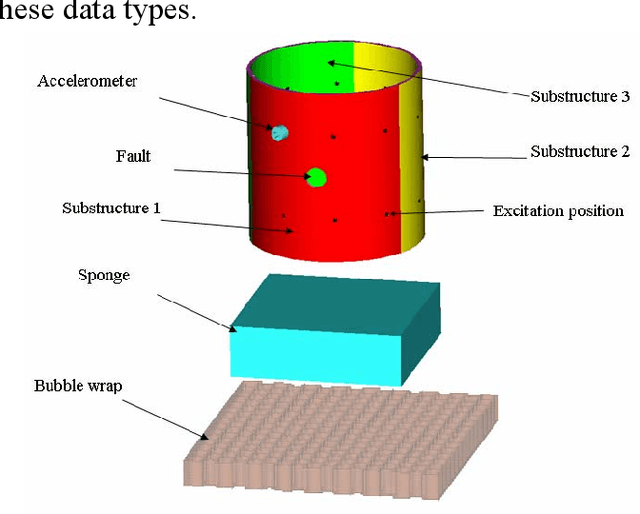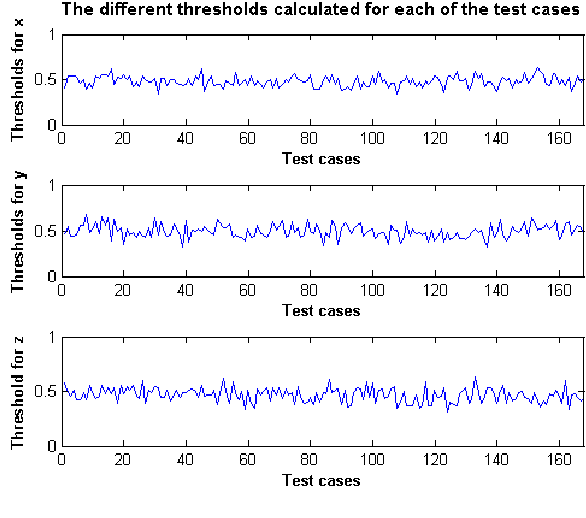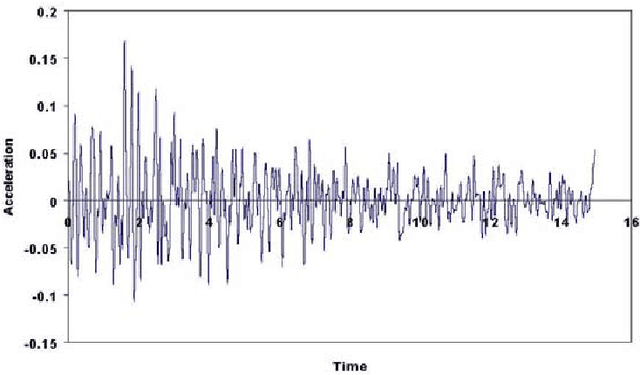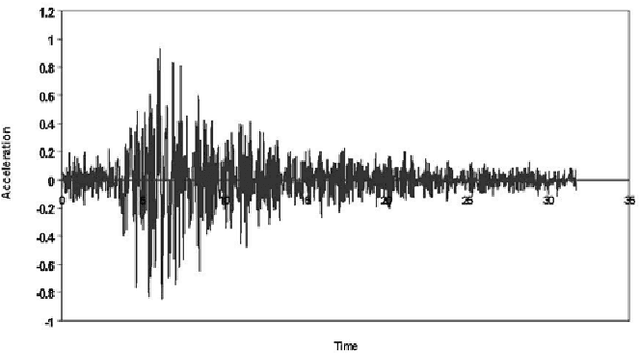Thando Tettey
Fault Classification using Pseudomodal Energies and Neuro-fuzzy modelling
May 15, 2007


Abstract:This paper presents a fault classification method which makes use of a Takagi-Sugeno neuro-fuzzy model and Pseudomodal energies calculated from the vibration signals of cylindrical shells. The calculation of Pseudomodal Energies, for the purposes of condition monitoring, has previously been found to be an accurate method of extracting features from vibration signals. This calculation is therefore used to extract features from vibration signals obtained from a diverse population of cylindrical shells. Some of the cylinders in the population have faults in different substructures. The pseudomodal energies calculated from the vibration signals are then used as inputs to a neuro-fuzzy model. A leave-one-out cross-validation process is used to test the performance of the model. It is found that the neuro-fuzzy model is able to classify faults with an accuracy of 91.62%, which is higher than the previously used multilayer perceptron.
Response Prediction of Structural System Subject to Earthquake Motions using Artificial Neural Network
May 15, 2007



Abstract:This paper uses Artificial Neural Network (ANN) models to compute response of structural system subject to Indian earthquakes at Chamoli and Uttarkashi ground motion data. The system is first trained for a single real earthquake data. The trained ANN architecture is then used to simulate earthquakes with various intensities and it was found that the predicted responses given by ANN model are accurate for practical purposes. When the ANN is trained by a part of the ground motion data, it can also identify the responses of the structural system well. In this way the safeness of the structural systems may be predicted in case of future earthquakes without waiting for the earthquake to occur for the lessons. Time period and the corresponding maximum response of the building for an earthquake has been evaluated, which is again trained to predict the maximum response of the building at different time periods. The trained time period versus maximum response ANN model is also tested for real earthquake data of other place, which was not used in the training and was found to be in good agreement.
 Add to Chrome
Add to Chrome Add to Firefox
Add to Firefox Add to Edge
Add to Edge